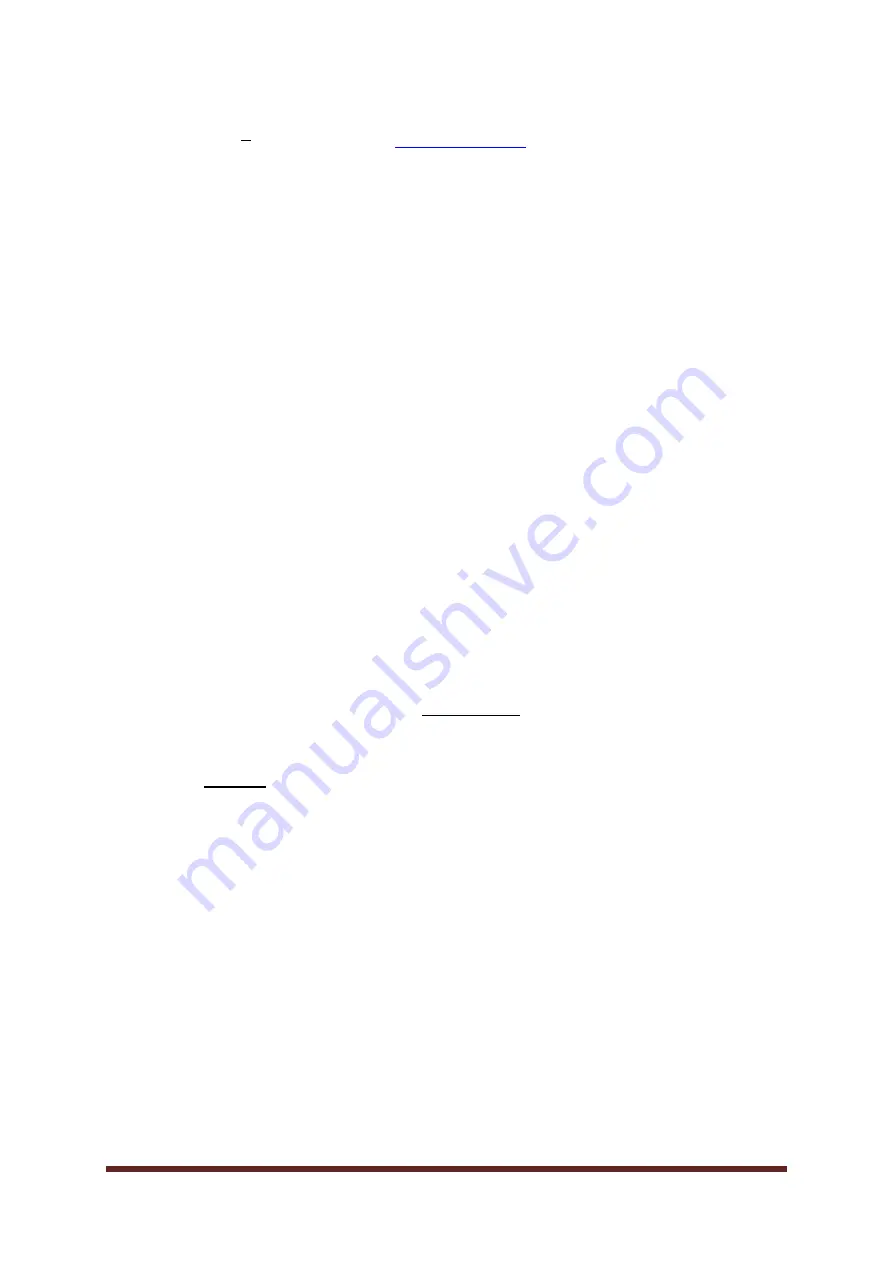
LS7 Pilot notes
Page 2 of 10
1.2
Flight Computer
manual for instructions on its use.
1.3
Air Brakes
A. The airbrakes have an over-centre lock to lock them closed.
B. There is another over-centre lock to lock them fully open.
C. The airbrakes should be unlocked when hangared.
1.4
Wheel Brake
A. The wheel brake is operated by "heel brake" pedals located in the
rudder pedal assembly. The wheel brake is very effective.
B. Care must be exercised to ensure the wheel brake is not
(unconsciously) on at the point of landing
– Ensure your heels are not
applying the brake.
C. The wheel brake should be operated cautiously to avoid tipping the
glider onto its nose.
1.5
Canopy
A. The canopy is hinged at the front and opens upward and is secured in
the "
closed"
position by 2 levers, one either side of the canopy.
B. The right-hand side lever also act as "canopy jettison" levers.
C
. To OPEN canopy
i.
Pull both levers back to unlock.
ii. Push canopy up from the back.
D.
To Jettison Canopy
i. Pull both handles back to the stops.
ii. The right-hand side lever has longer travel and requires additional
force to reach the stop.
E.
Do not force the canopy closed.
If it is difficult to close, there is
something obstructing it (Pee tube, Seat Belt etc).
F.
Do not lift the canopy by the vent window opening, use the handles
provided.
1.6
Pee Tube
The glider is fitted with a "Pee Tube".
If you use this, please flush it after the
flight.
1.7
Water Ballast
A. The water ballast system consists of a "bag" in each wing and tail tank.
B. Consult the "Water Ballast" chart to determine the maximum water
ballast which may be carried.
C. The ballast tanks, including the tail tank, are "bottom" filled.
D. Hoses, funnels etc for filling are stored on a board in the main hangar.
E. It is necessary to withdraw air from the wing bags before filling.



























